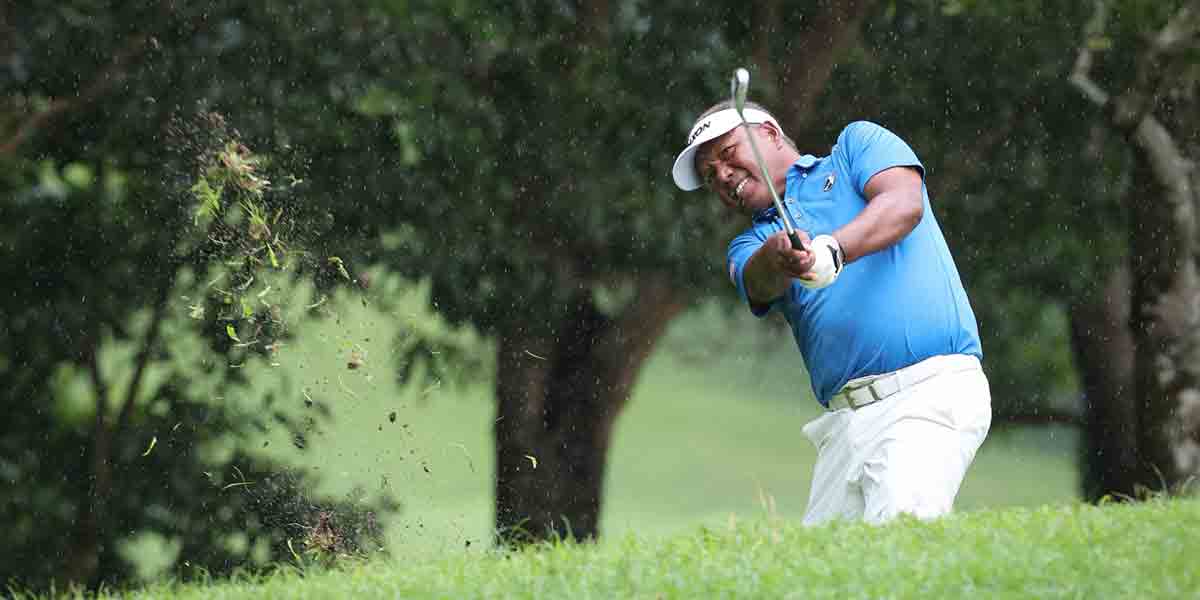 By: Artchil B. Fernandez
By: Artchil B. Fernandez
AT A GLANCE it was not a win, but considering the context of the result, it was definitely a victory. Even our Asean neighbors took notice of the result and congratulated the Philippines. It was a big night for Philippine football as the Azkals continue their campaign for a slot in the 2022 World Cup in Qatar or at least book a return performance to the AFC Asian Cup in 2023.
Bracketed in Group A, the Philippines this week confronted the group leader China in a home game at Pana-ad Stadium in Bacolod City. Even before the Chinese set foot on the home turf of the Azkals, they are already the heavy favorites in the match. China, after all, is one of the football powerhouses in Asia. It is ranked 68th in the latest FIFA world ranking while the Philippines is 59 notches below at 127th. The match was indeed steeply skewed in favor of the visitors.
In the previous two games in the qualification, China in a juggernaut routed its opponents by a wide margin. China walloped Guam, 7-0 and whipped Maldives 5-0. These results propelled China to the top of Group A. The giant behemoth is all set to give the Philippines the same treatment in the third game.
The Philippines fielded veterans as its starting line up in the battle against China. Leading the pack is Neil Etheridge who returned to national duty after recovering from an injury. Stephan Schrock captained the team and the rest of the old hands are Alvaro Silva, Martin Stueble, Carlos de Murga, Daisuke Sato, Patrick Reichelt, Iain Ramsay, John-Patrick Strauss, and Mark Hartman. Justin Baas makes his debut appearance for the Azkals.
Philippines deployed a 3-2-3-2 formation against China. China, on the other hand, set-up a 4-3-3 formation to execute its battle plans. China is determined to fully utilize winger Wu Lei who plays in the Spanish league. Lei tormented the Philippines in the AFC Cup in UEA this year where the country made its maiden appearance. Recognizing the strength of their Chinese opponents, the Azkals opted for a defensive game. China’s battle plan was apparent right after the first half started. After the whistle sounded, the Chinese Dragons immediately went on the offensive. They were particularly dangerous on the right flank of the Philippines concentrating their attacks in that area. Anticipating the Dragons’ onslaught, the Azkals put up a tough defensive wall. Despite the seemingly ceaseless Chinese attacks, the Azkals secured their territory by defending it well. The tight defense of the Azkals frustrated the Dragons as they tried hard to break it. In the last ten minutes of the first half, the Azkals also went into an attacking mode. This put the Chinese on the defensive, blunting the momentum of their assaults. The first half ended in a scoreless draw.
Second half is the last chance of both teams to break the deadlock. China, feeling the urgency to score aggressively went on the offensive pummeling the Philippine defense, looking for a weak spot to break in. Not only was the Philippine backline placed under heavy stress, but Neil Etheridge between the posts was also busy parrying the Chinese bombardment. It was relentless, wave by wave attack, trying to overwhelm the Philippine defense. Phillippines held on, surviving China’s blitzkrieg.
The Azkals, however, were not content on being at the receiving end of the Dragons’ heavy battering. Replacing the injured de Murga, Baas and Strauss, substitutes Luke Woodland, Amani Aguinaldo and Angel Guirado changed the pace of the game. Although far between, the Azkals’ counter-attacks slowed down the Dragons onslaught. It gave the Philippine defense some pause and eased pressure on them.
Occasionally, the Azkals were able to puncture the Dragons’ defense and had some chances. Even if the chances were infrequent, they pressured the Chinese backline, forcing the Dragons on the defensive and break their attacks. As the second half drew to a close, the Chinese were obviously frustrated that their game plan is failing. Five minutes on extra-time saw very aggressive Dragons in a desperate attempt to salvage a goal. And they nearly did. Two brilliant and stunning saves by Etheridge saved the day for the Philippines. The match ended in a goalless draw.
Philippine football has enough historical reasons to celebrate the draw. Philippines and China had been playing football against each other since 1913. In their first match in 1913 in the Far Eastern Games, the precursor of Asian Games, the Philippines won, 2-1. They faced each other in 22 matches, including the last one in Pana-ad. In these games, China won 18 times, the Philippines was victorious twice and both teams drew twice. The last time Philippine drew with China was a hundred and four years ago, in 1915, 1-1. The Philippines last win over China, 2-1 was a hundred years ago, in 1919.
Recently, China won over the Philippines, 8-0 in 2017. In January this year the Philippines also lost to China, 3-0 at the AFC Cup and in a friendly match last June China again won, 2-0. Now it’s a draw, 0-0 – a winning draw, considering the checkered football history of the two nations.
The Man of the Match is definitely Neil Etheridge. His experience playing in the English Premier League (EPL), the gold standard of international football, the first Southeast Asian to achieve such feat, is enormously benefitting the Azkals. Another factor in the improvement of the Philippines is the experience of many Azkal veterans who are now making waves in the Thai, Malaysian and Indonesian leagues.
There are five more games in the qualification and the Azkals cannot yet rest. Hopefully, they build on this momentum to hit their target in the tournament.























